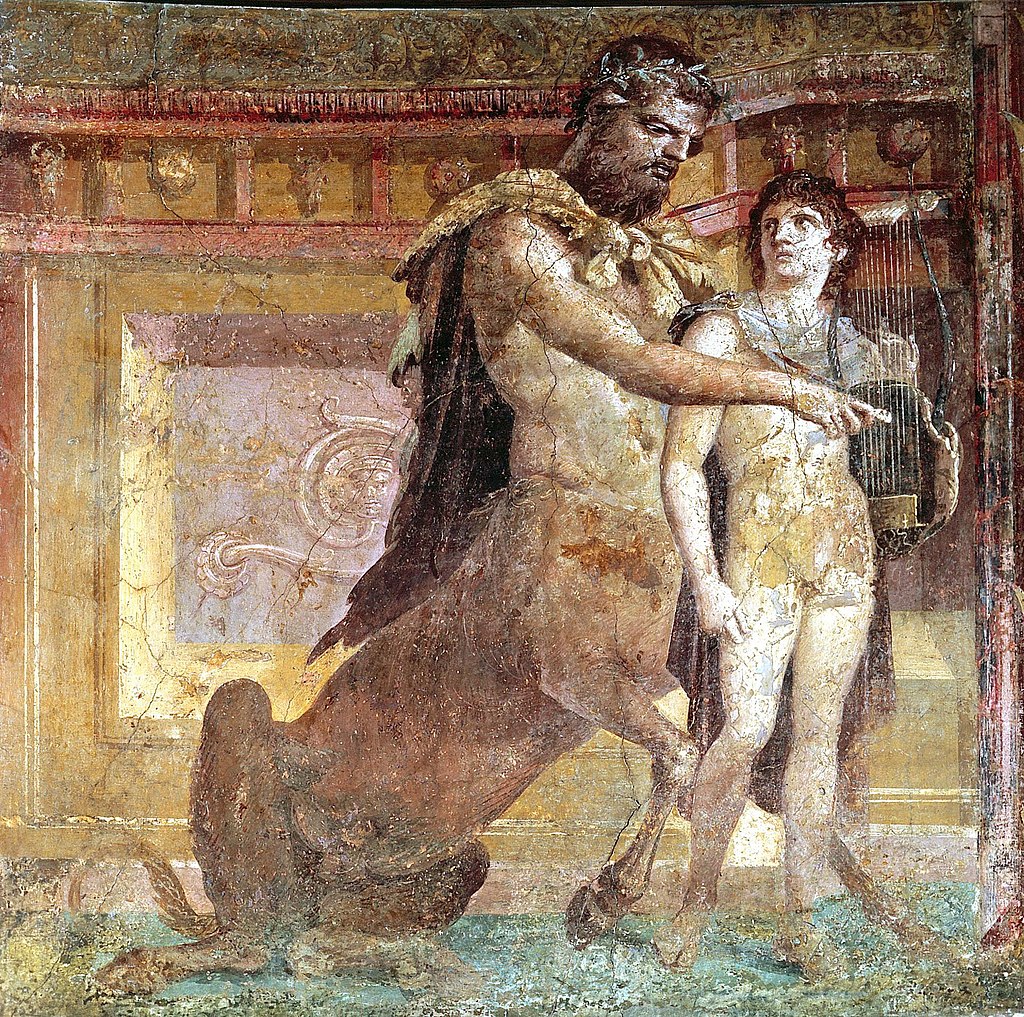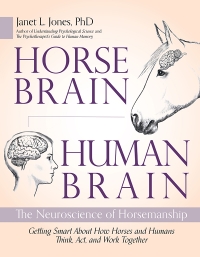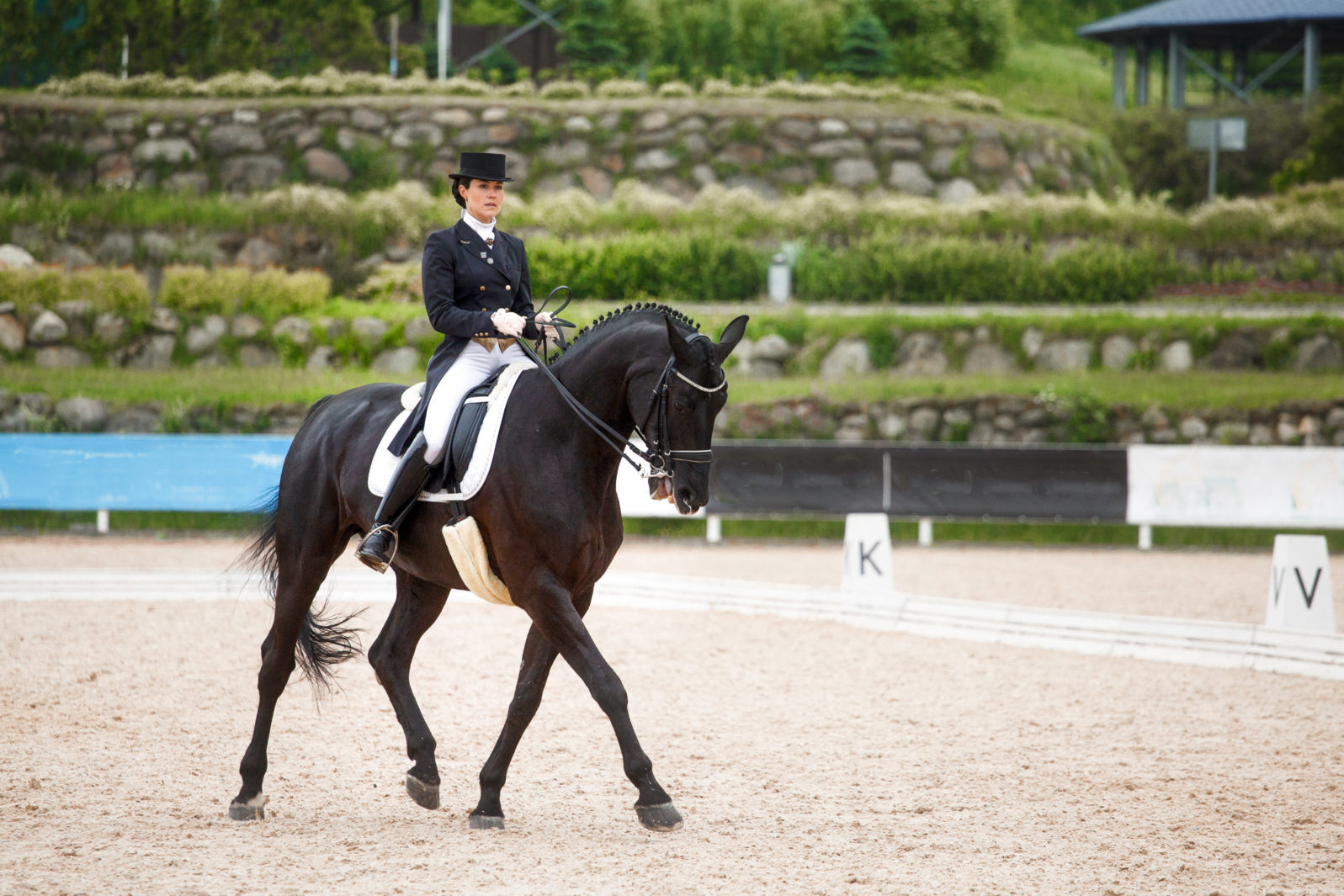Do Centaurs Really Exist? The Surprising Truth
Well, a half human/half horse cannot literally exist — but the way horses and humans work together has been called a “miracle”
a Roman fresco from Herculaneum, 1st century AD.
Classical Greek mythology featured the “centaur,” a creature that was half human, half horse. Neuroscientist and horse trainer Janet Jones, author of Horse Brain, Human Brain: The Neuroscience of Horsemanship (Trafalgar Square, 2020), tells us that there is a truth behind the myth (as so often).
In what amounts to a “neurobiological miracle,” the horse — a prey animal — and the human — a predator — can learn complete neurological co-operation to perform complex feats that neither can manage alone.
How complex are these equestrian feats?
Horse-and-human teams perform complex manoeuvres in competitions of all sorts. Together, we can gallop up to obstacles standing 8 feet (2.4 metres) high, leave the ground, and fly blind – neither party able to see over the top until after the leap has been initiated. Adopting a flatter trajectory with greater speed, horse and human sail over broad jumps up to 27 feet (more than 8 metres) long. We run as one at speeds of 44 miles per hour (nearly 70 km/h), the fastest velocity any land mammal carrying a rider can achieve. In freestyle dressage events, we dance in place to the rhythm of music, trot sideways across the centre of an arena with huge leg-crossing steps, and canter in pirouettes with the horse’s front feet circling her hindquarters. Galloping again, the best horse-and-human teams can slide 65 feet (nearly 20 metres) to a halt while resting all their combined weight on the horse’s hind legs. Endurance races over extremely rugged terrain test horses and riders in journeys that traverse up to 500 miles (805 km) of high-risk adventure.
Janet Jones, “Becoming a centaur” at Aeon (January 14, 2022)
In dressage, as illustrated in the video above, the horse is responding to slight pressure from the human to change from one specific gait to another.

Recent research into the horse brain is helping us understand more about how this co-operation is achieved.
In mounted teams, horses, with prey brains, and humans, with predator brains, share largely invisible signals via mutual body language. These signals are received and transmitted through peripheral nerves leading to each party’s spinal cord. Upon arrival in each brain, they are interpreted, and a learned response is generated. It, too, is transmitted through the spinal cord and nerves. This collaborative neural action forms a feedback loop, allowing communication from brain to brain in real time. Such conversations allow horse and human to achieve their immediate goals in athletic performance and everyday life. In a very real sense, each species’ mind is extended beyond its own skin into the mind of another, with physical interaction becoming a kind of neural dance.
Janet Jones, “Becoming a centaur” at Aeon (January 14, 2022)
As Jones goes on to explain, horses and humans have very different neurological skill sets. Humans major in concentration (hunters) and horses major in vigilance (hunted). It takes years of careful training to enable the two to meld into a complex, unified, co-operative performance like dressage.
Some other interesting facts about horse psychology:
Horses are not curious: “A horse believes that too much confidence or curiosity about something new could lead to its demise. Horses are natural born skeptics, lacking self-assurance and appearing cowardly when faced with novel things.” (Equisearch) They must be carefully reassured that their environment is safe.
But they do have good memories: “Horses usually are considered to have memories second only to elephants. In the wild, if an attack came at a certain place, the herd avoided that spot in the future. This caution is still practiced by wild horses in the United States. If it were not for the horse’s good memory, it would be considerably less useful to people. A well-trained young horse never forgets its training. Neither does the poorly trained one.” (Melvin Bradley, Department of Animal Sciences, University of Missouri Extension)
What about horse intelligence as such? Dr. Bradley goes on to note,
Horses have not been outstanding on limited intelligence tests, although they do very complex things routinely when trained. You may have known an old horse that was considered highly intelligent because it could open most gates and doors on the farm. Idle horses tend to seek activity, some of which may involve gate latches. Once they succeed, their good memory keeps them trying to open doors. When they get the grain bin open, they remember only the joy of eating. They can’t associate overeating with the ensuing bellyache from colic or loss of hooves from founder.
Melvin Bradley, “Practical Horse Psychology” at University of Missouri Extension
That raises an interesting question about animal intelligence tests: They may sometimes be capturing only a narrow set of data that is irrelevant to how the animal sees to its own needs.
And lastly, why do horses do what we teach them? Most animals can’t or won’t. “Another important component of horse psychology is understanding herd hierarchy and how the human fits into the pecking order. The desired relationship between horse and human is that of a herd of two. According to the laws of the herd (the only rules horses really understand) the hierarchy is linear, meaning each and every individual of the herd is either dominate over or subordinate to each and every other individual. Think of the horse-human relationship as a herd of two, and within that herd, one is dominant and one is subordinate. Ideally, the human is the dominant member, but that is frequently not the case.” (Julie Goodnight, “Horse Psychology & the Language of Horses”)
You may also wish to read: Why cats can remember other cats’ names. University of Kyoto scientists found that they can indeed remember, provided they live in the same household. The researchers are unsure exactly how cats remember other cats’ names. But that may not be a great mystery if we keep in mind what is involved. (Denyse O’Leary)
